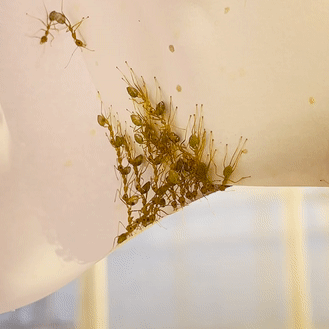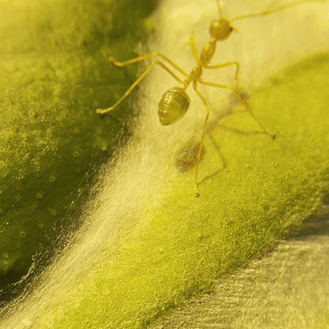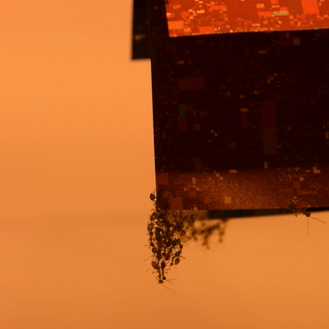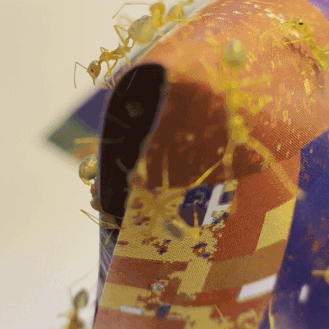The contemporary human understanding of reality is defined by a process of fragmentation and categorisation: Human vs. nature, female vs. male, good vs. evil, national vs. foreign, local vs. global. Ultimately this leans towards the essentialist binary of digital computation: 1 vs. 0. Ants perceive differently, they make sense of the world by communicating through pheromone gradients. Avoiding categorisation, this method of sensemaking is comparable to an analog computer, operating analogously to the fluctuating gradients of reality instead of digitally separating it into distinct elements. ‘Analog Anthology’ is a phygital, audiovisual archive exploring the hopes and risks of gradient-based mapping, sensemaking, and computation. It is accessible through an interactive sculpture, which allows the visitor to control the movement of a projection, containing the archival audiovisual data (see below).
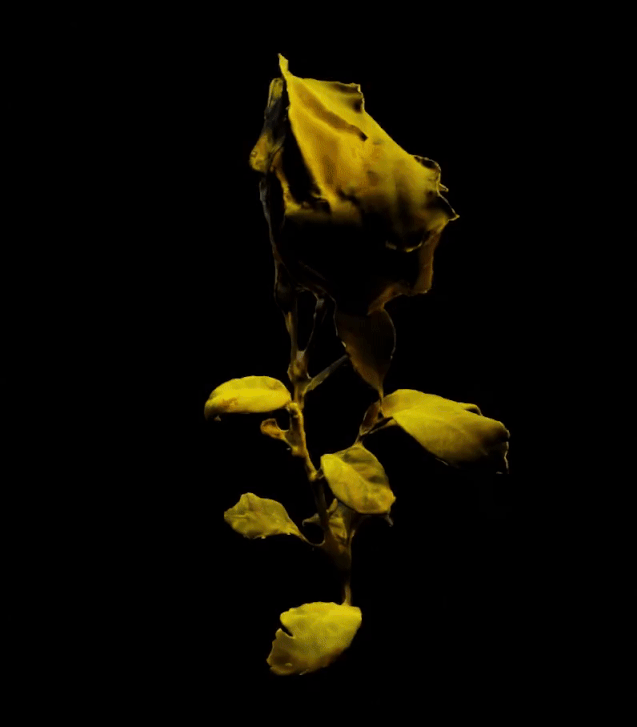
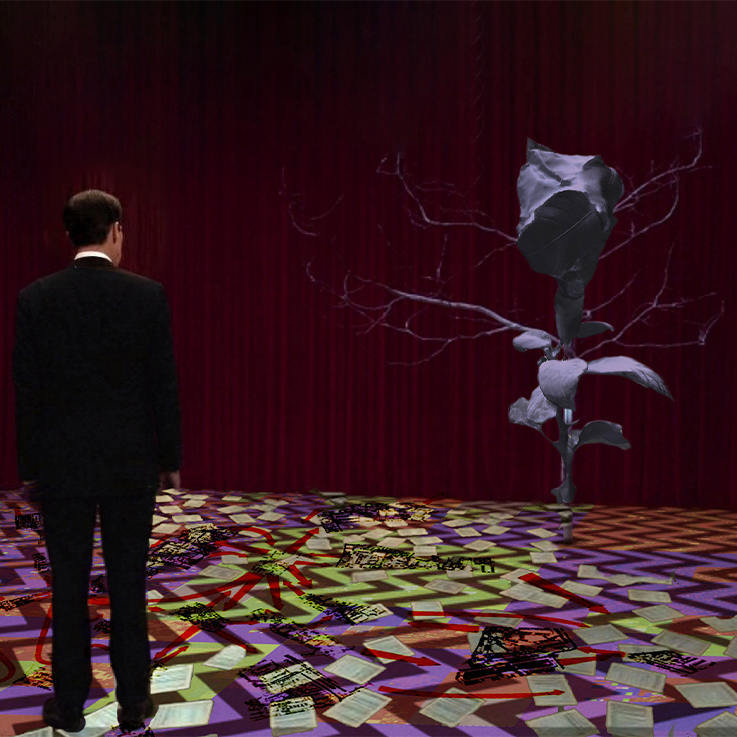
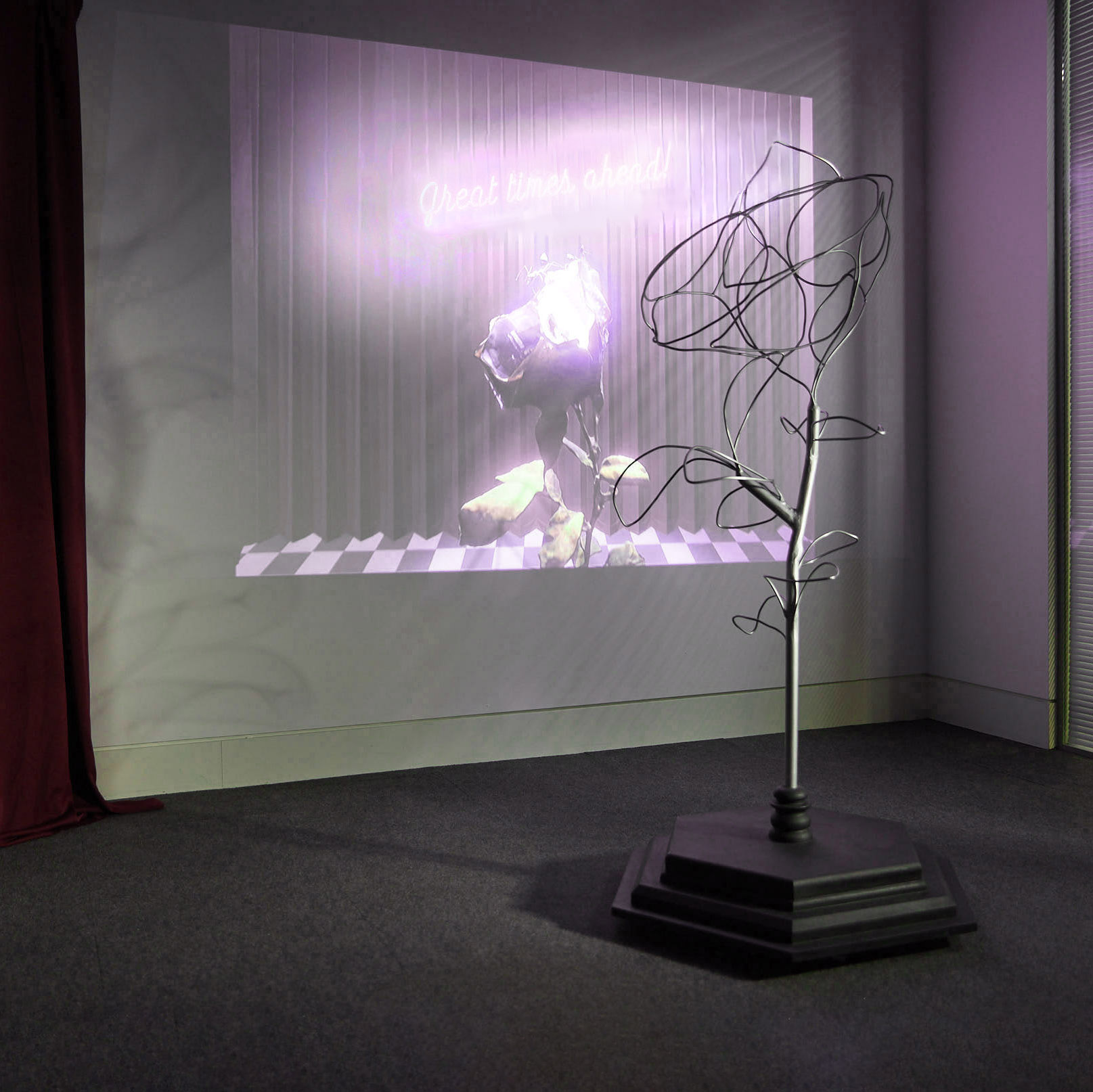
The curtain is an architectural element which is less absolute than a wall. It does not imply a one or a zero or the possibility of a clearly divided map, but suggests an unknown space.

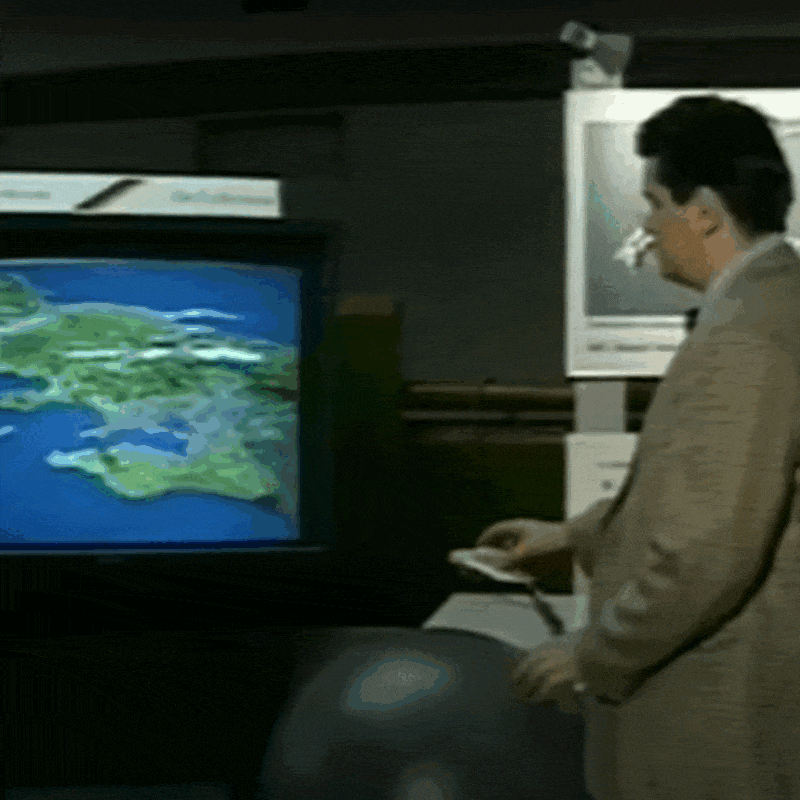
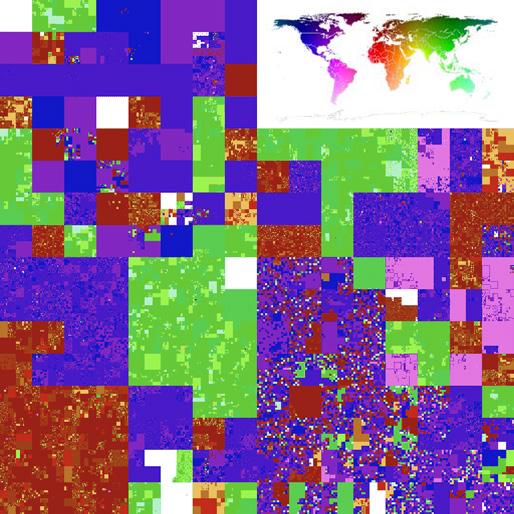
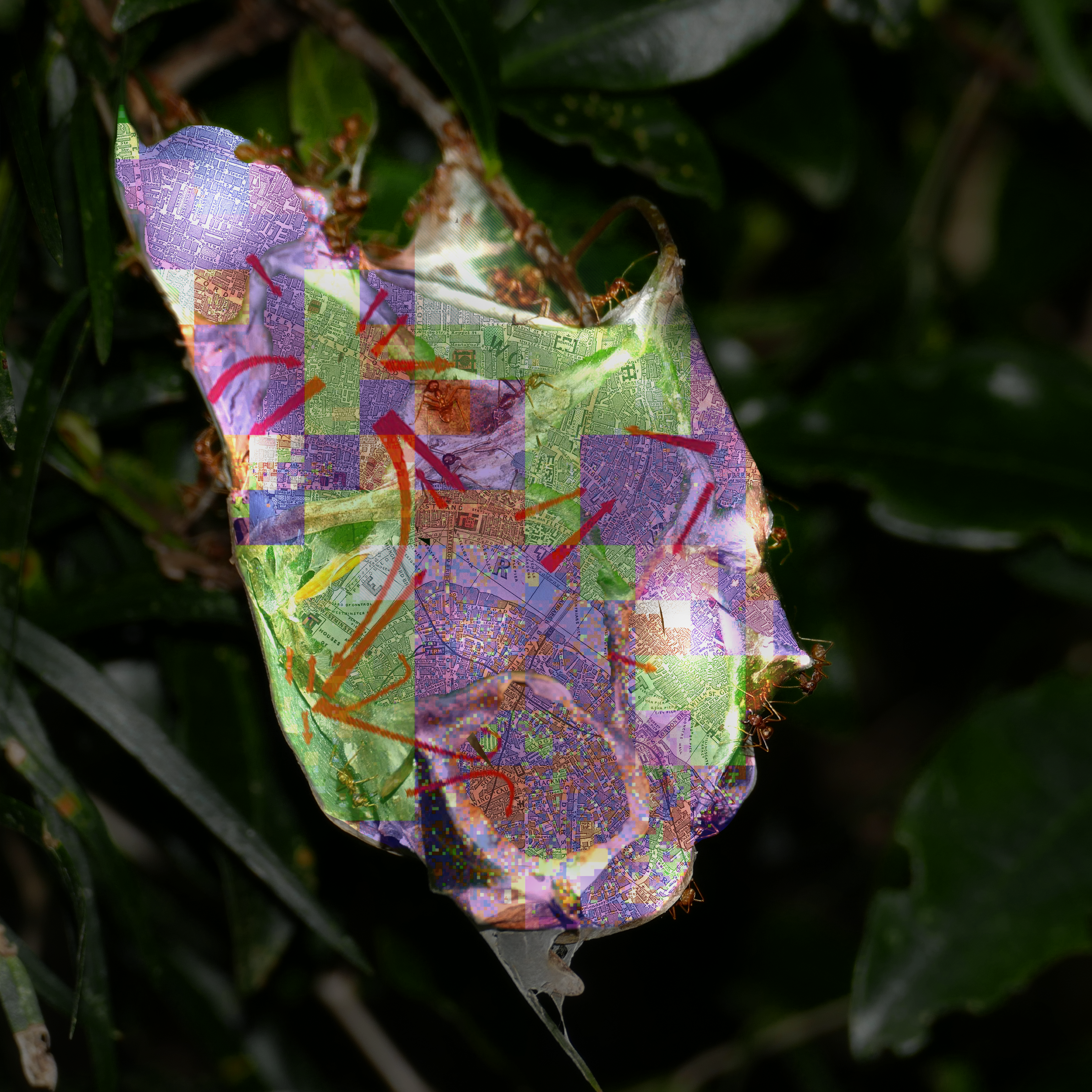
Every device connected to the internet needs an IP address to be individually addressable. An IPv4 address consists of four numbers ranging from 0 to 255 (e.g. 128.9.28.9). This allows for approx. four billion individual addresses. The complete IPv4 address space can be visualised through a schematic square map as seen above. Each pixel in the original 4096 x 4096 pixel image represents 256 IPv4 addresses and is colored according to the geolocation of the connected devices. The difference in quantity between the colors visualizes power imbalances in access to information resources across the globe.
